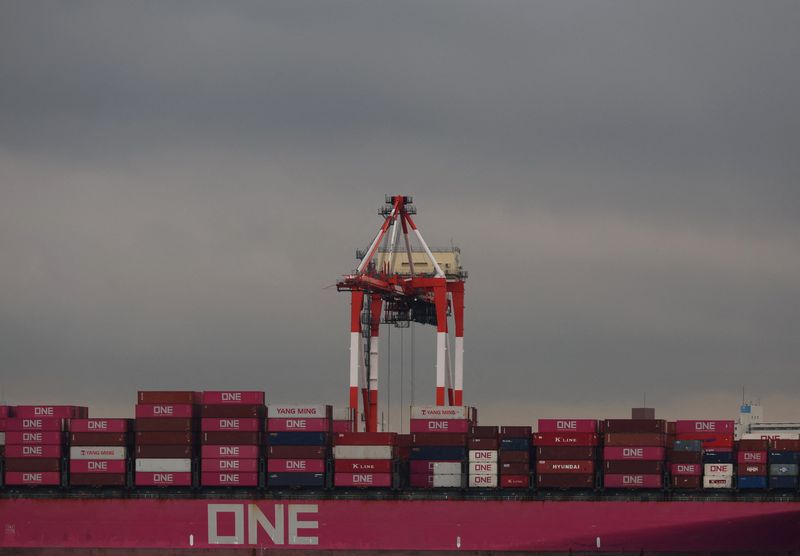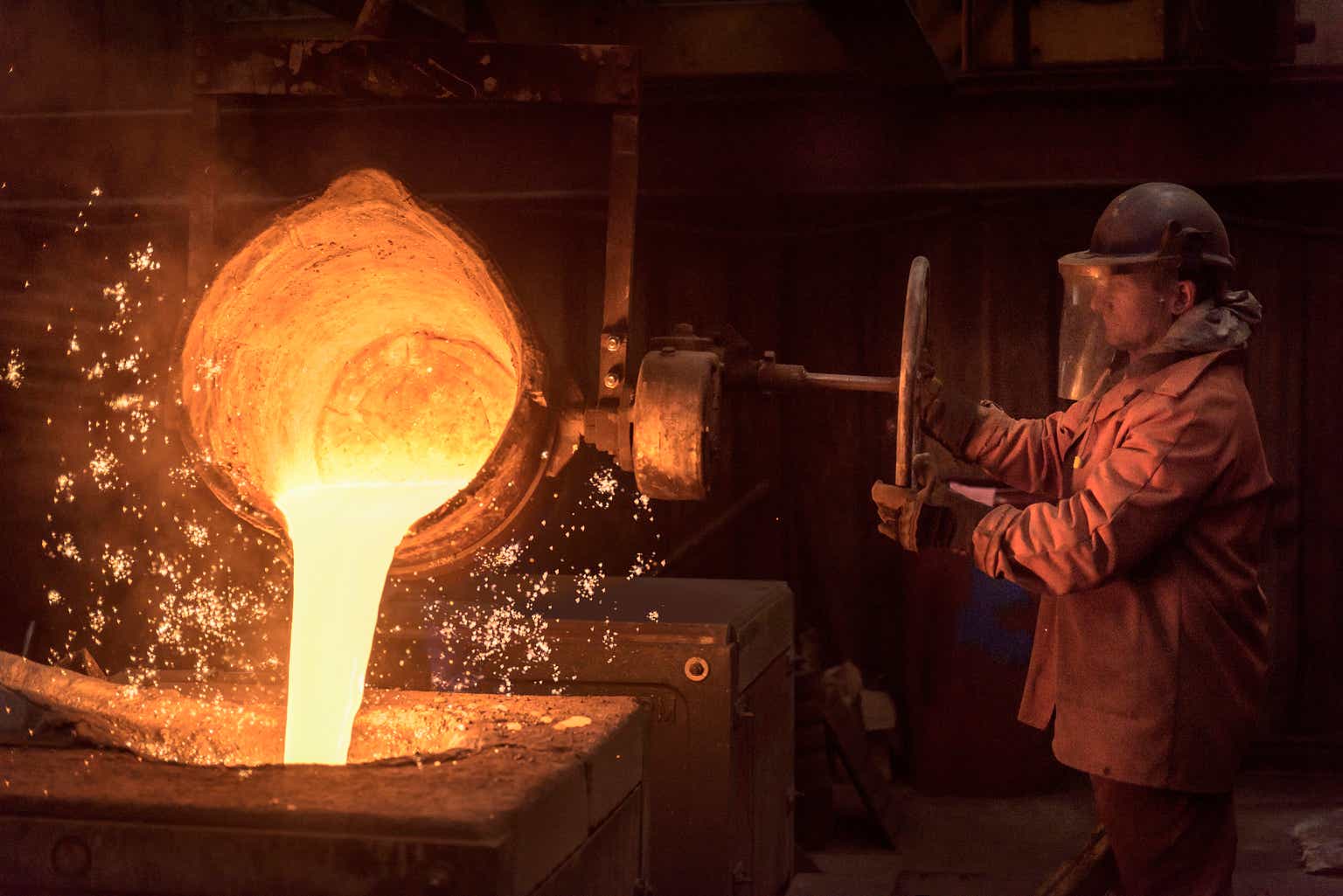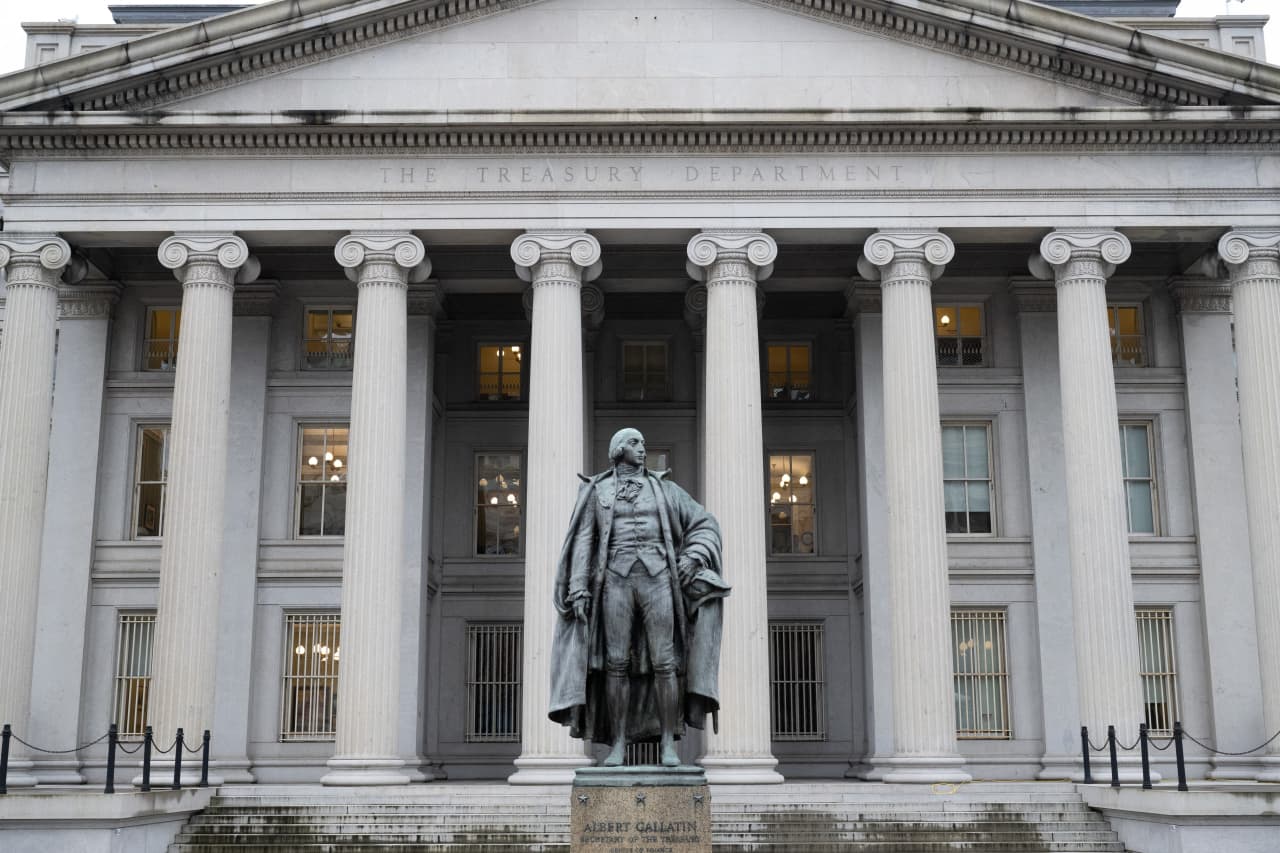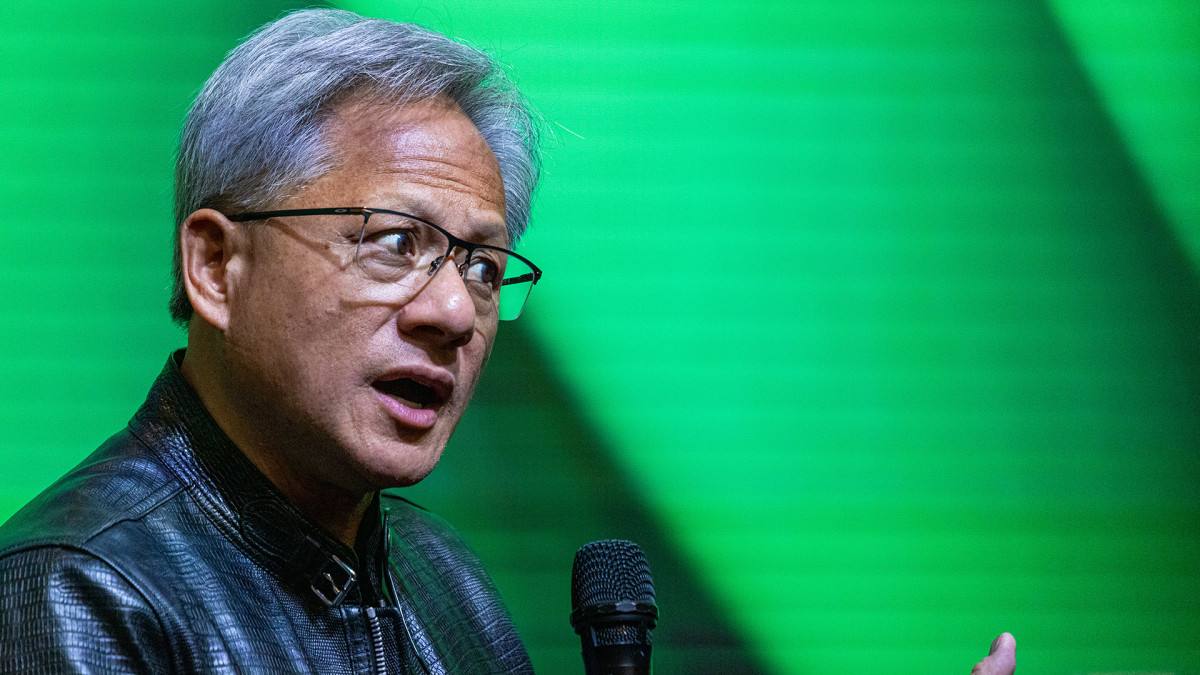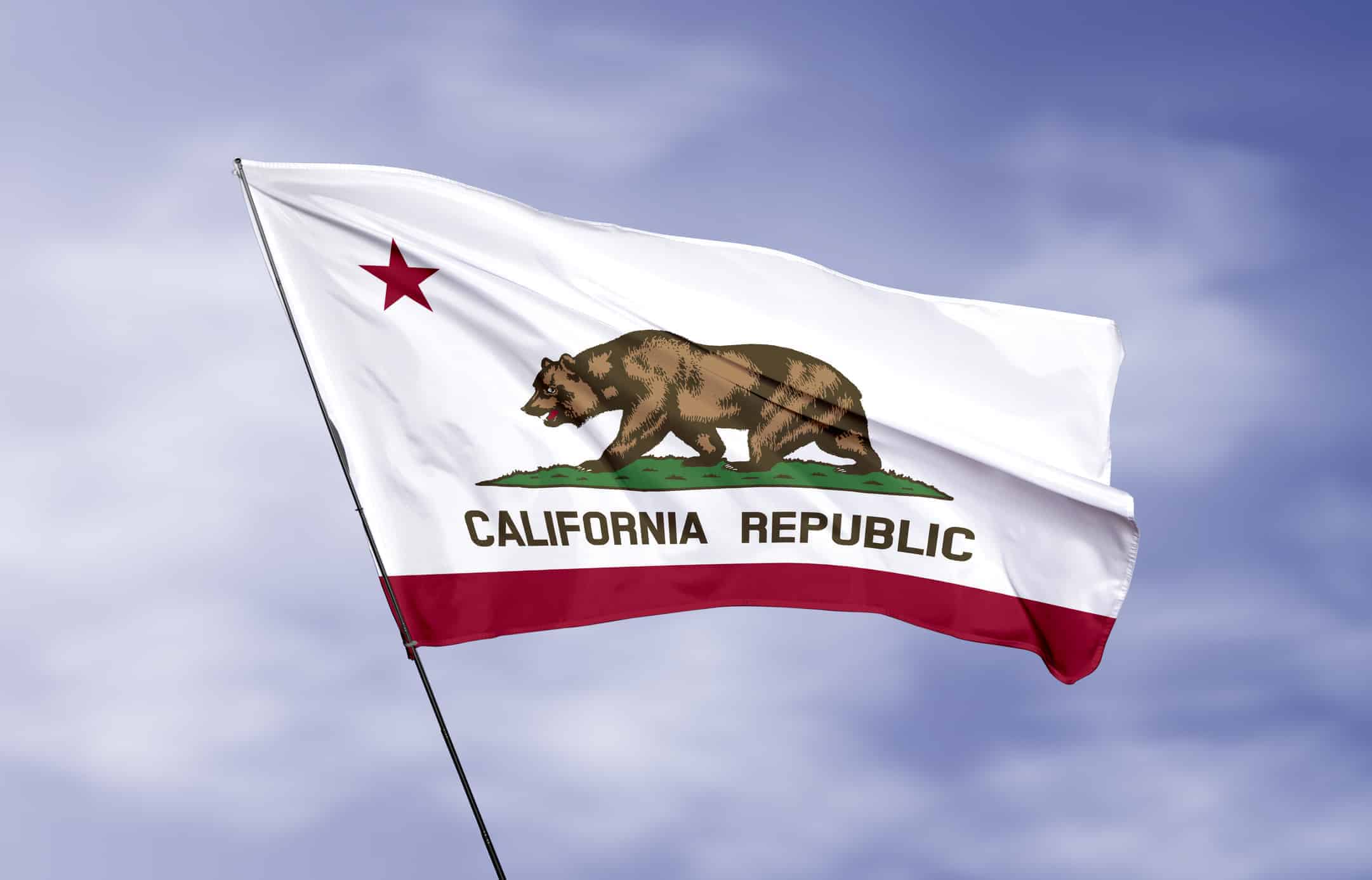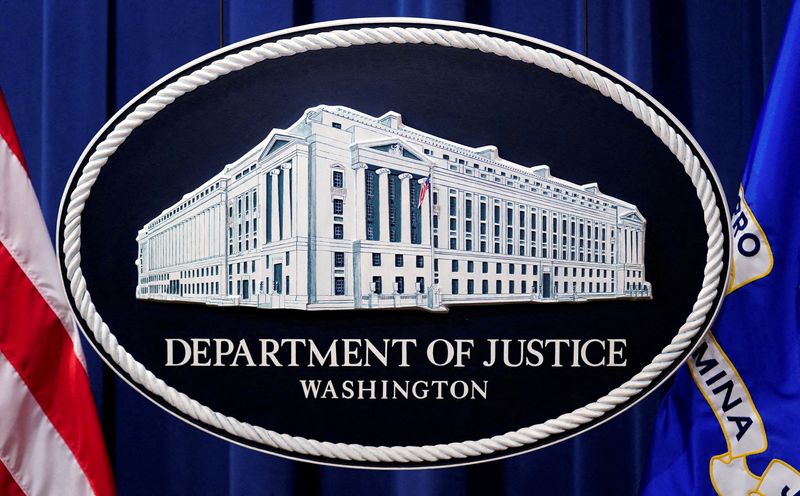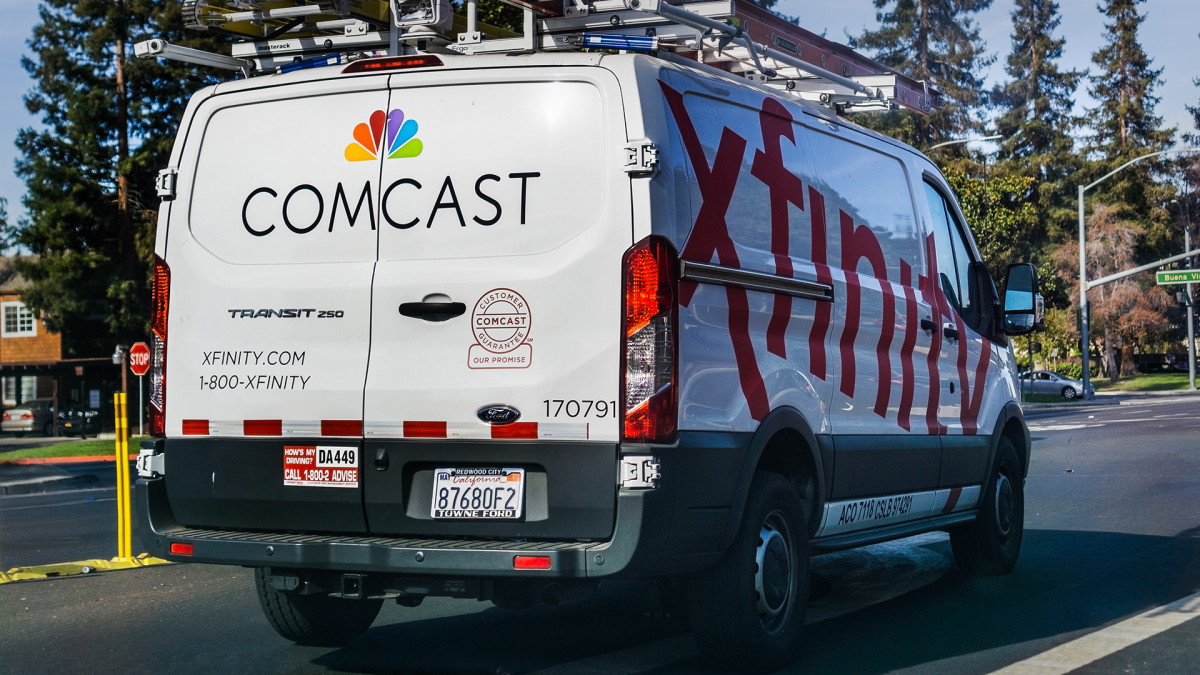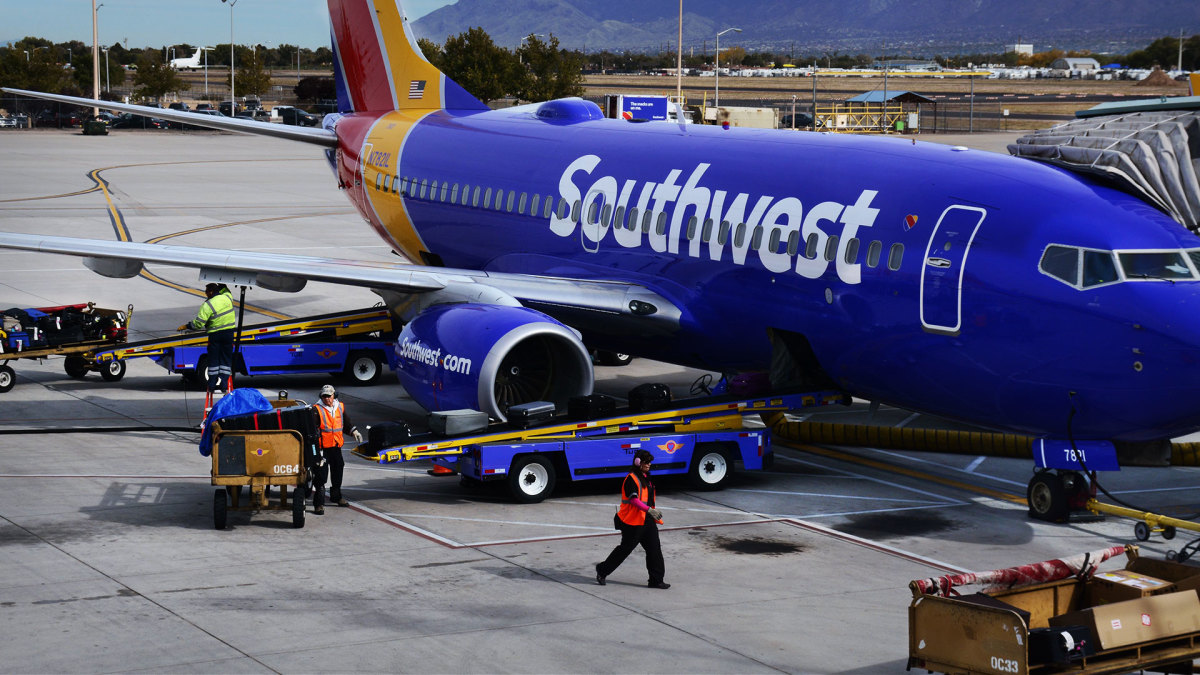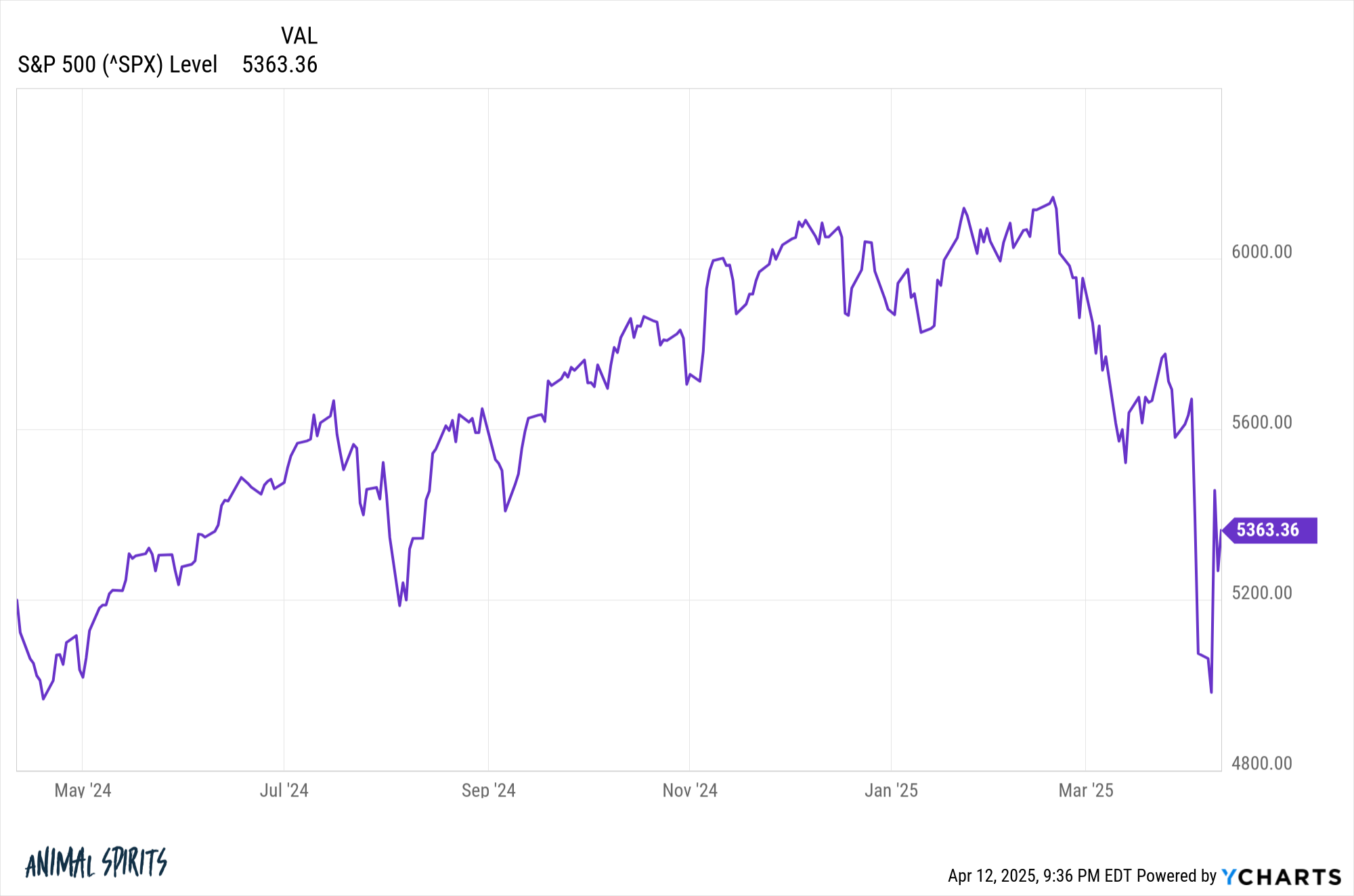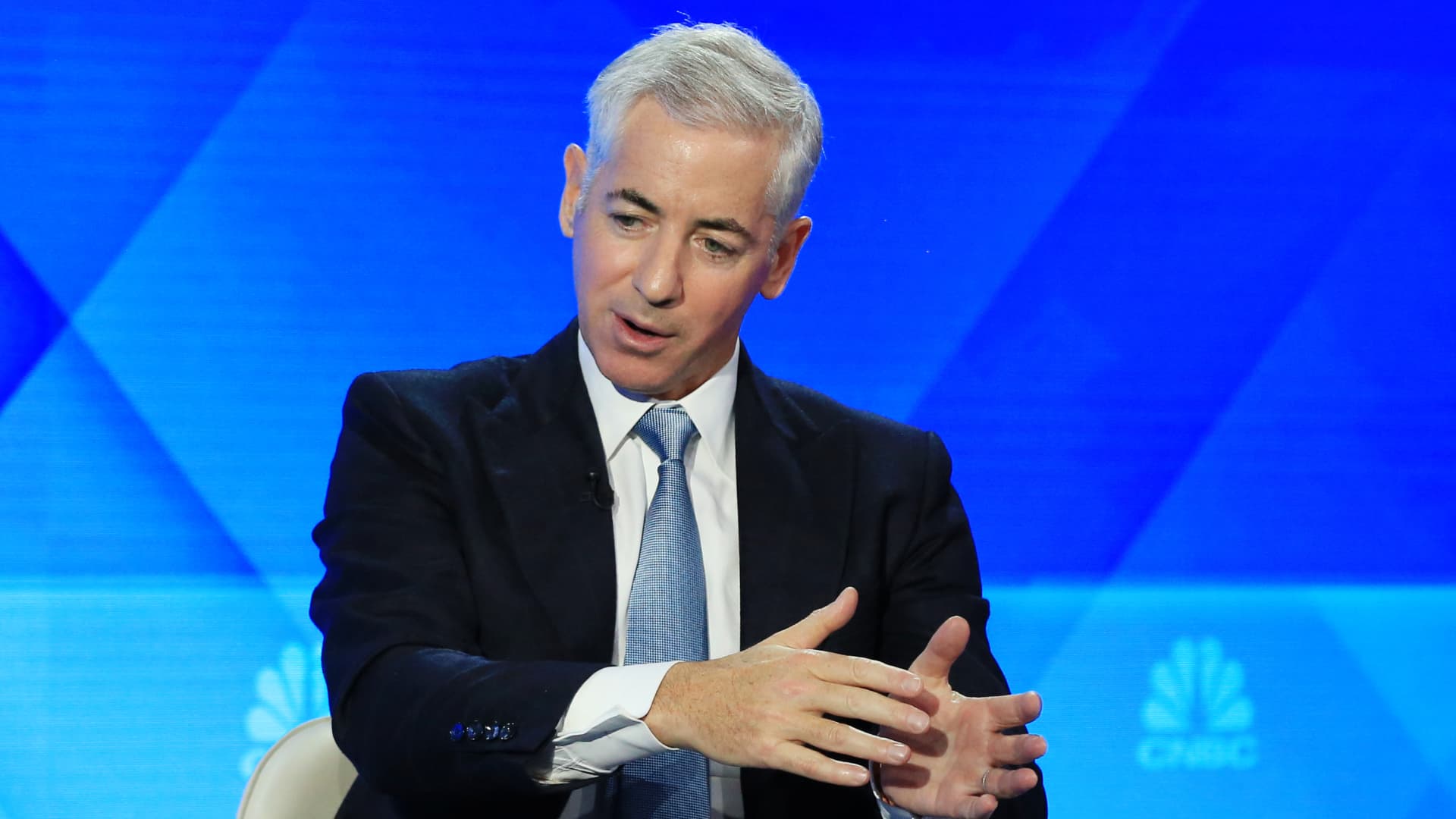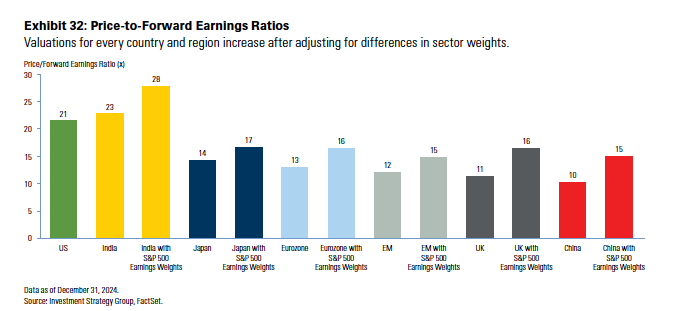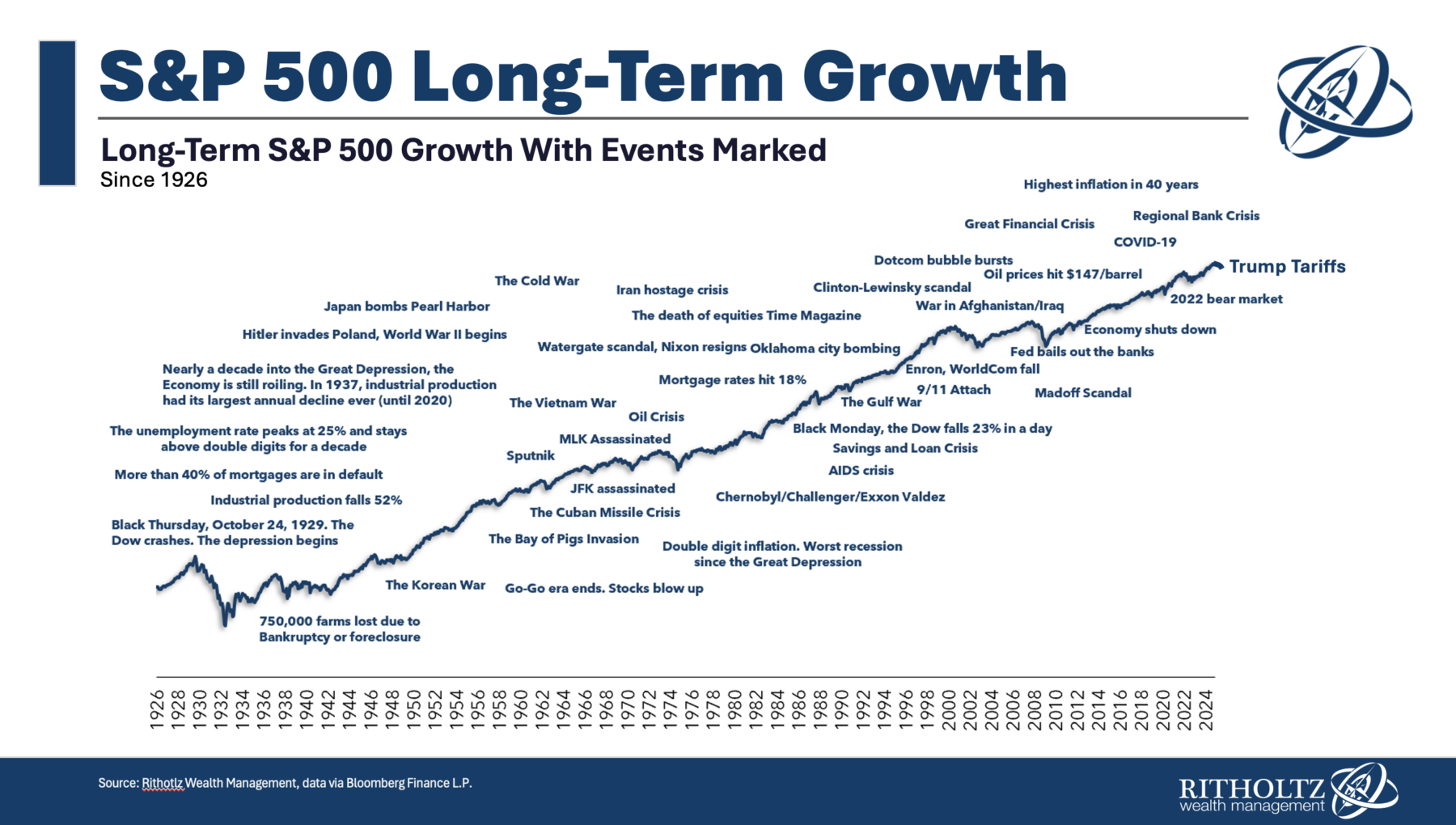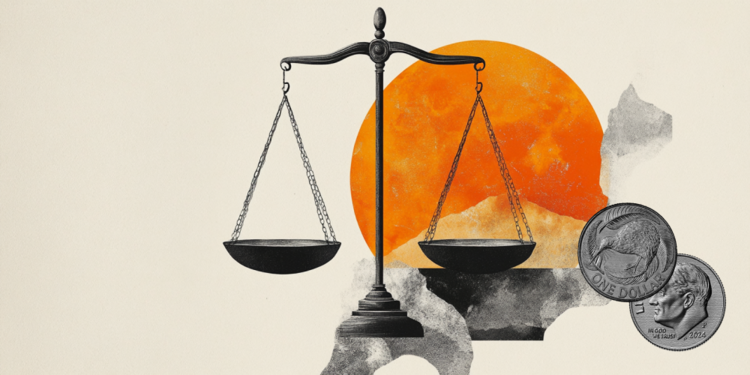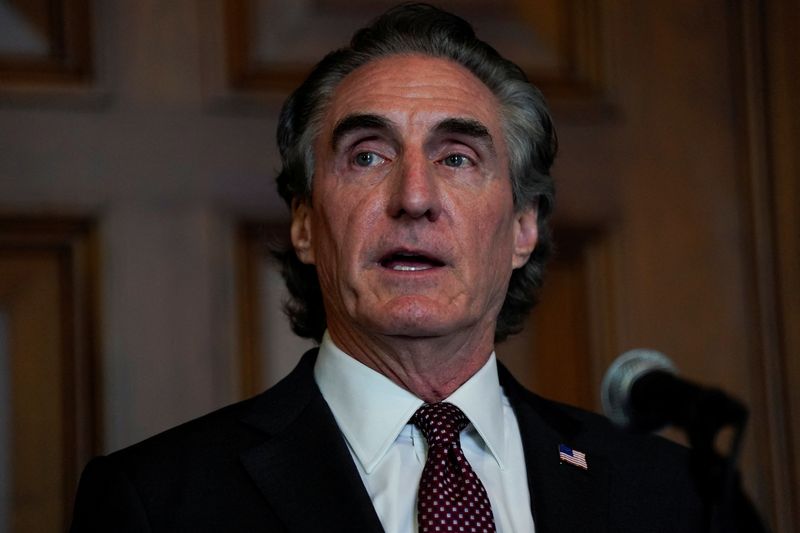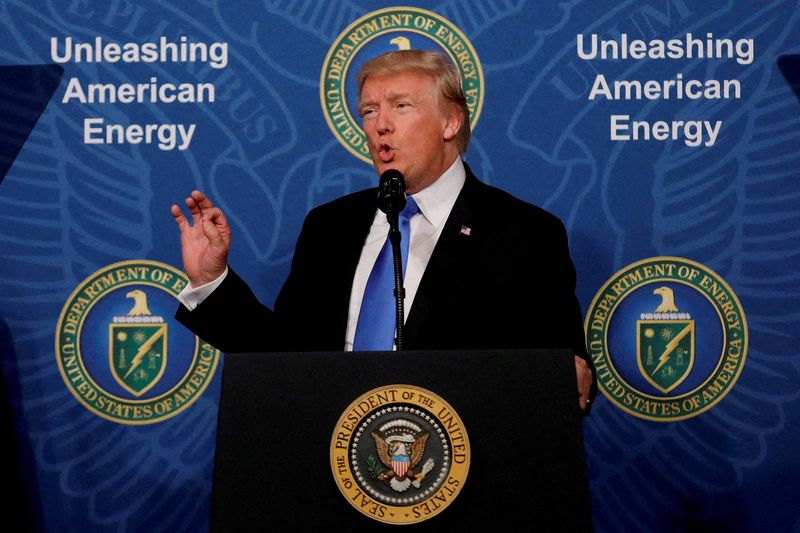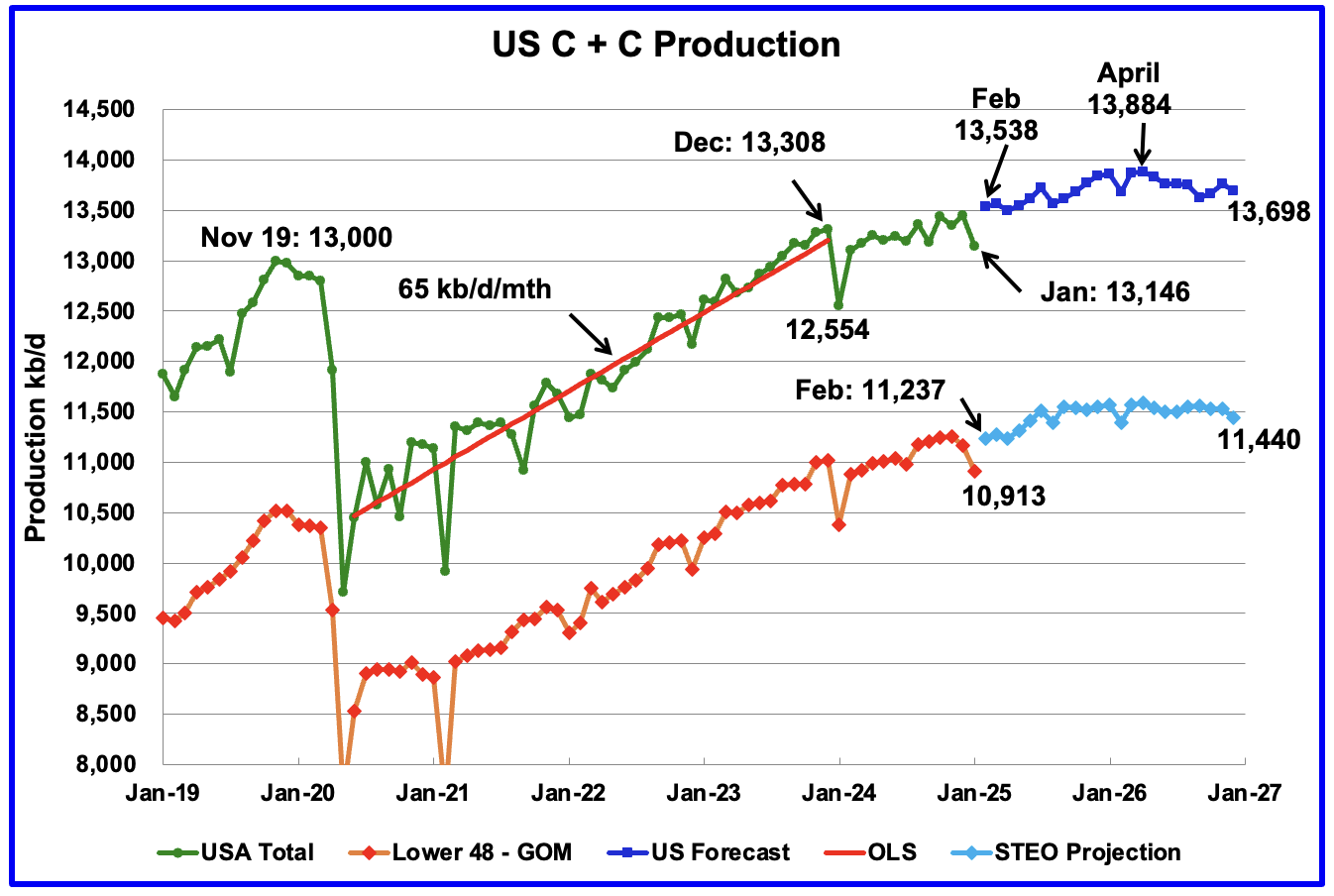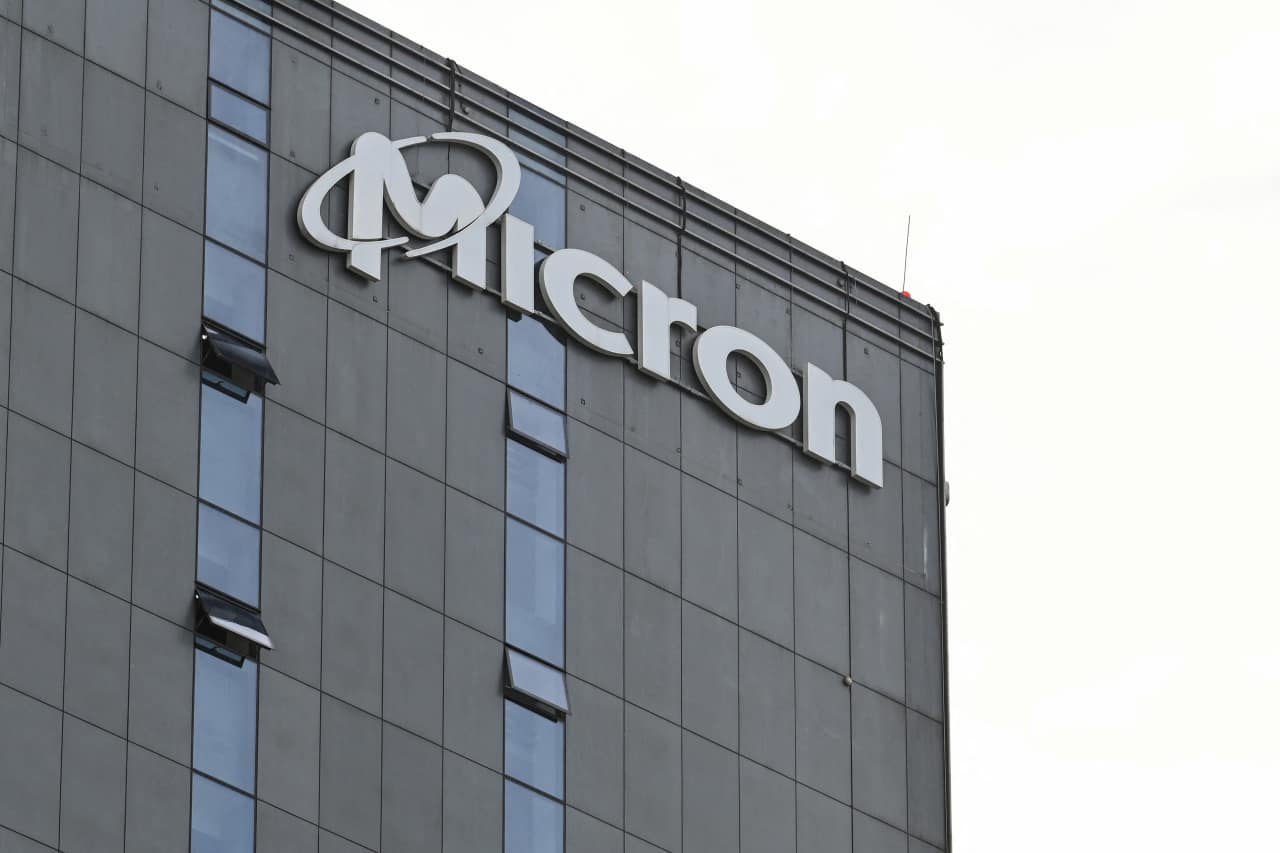How Many People Work for the U.S. Government? Is It Too Many, or Not Enough?
So, how many people work for the United States government? The U.S. Government is one of the largest employers in the country, accounting for a workforce in the millions. That said, we’re going to break it all down by department and take a closer look at where staffing should get bolstered when considering the overall […] The post How Many People Work for the U.S. Government? Is It Too Many, or Not Enough? appeared first on 24/7 Wall St..

So, how many people work for the United States government? The U.S. Government is one of the largest employers in the country, accounting for a workforce in the millions. That said, we’re going to break it all down by department and take a closer look at where staffing should get bolstered when considering the overall nature of the work. Interestingly, the government doesn’t stack up against the likes of private industry, but let’s dive in and see what the numbers tell us.
Key Points
-
Some keypoint here
-
4 million Americans are set to retire this year. If you want to join them, click here now to see if you’re behind, or ahead. It only takes a minute. (Sponsor)
How Many People Are Employed by the Government?

Circa 2023, the U.S. Government employed around 2.3 million people in total. Now, who knows if those numbers have remained accurate? Administration changes and a host of other societal shifts have led to mass reductions in the federal workforce. By the time these data points are pulled next year, we could be looking at drastically different numbers.
Compared to Other Industries

When contrasted against other private sectors, the U.S. Government isn’t in the top when it comes to employers. On average, state and local governments have a higher employee base, amounting to some 19.9 million people. When compared to something like healthcare or professional services, the United States government still lags. This does point to some issues in the mechanisms in place for the federal government, especially when looking at the larger number of contractors on staff.
Where Contractors Factor In

As you might imagine, contractors don’t factor into the federal workforce. When these numbers were gathered a couple of years ago, contractors were considered part of the private sector. This stands to reason, you can’t fully expect an independent employee to be part of the larger federal workforce. When the contract is completed, they move on to another client, just like any other contractor.
Biggest Areas of Employment

When looking at the larger federal workforce, some areas have a far higher focus. This might be expected when looking at the U.S. Government, but the numbers are quite surprising. 2.3 million people spread across the various departments of the federal government isn’t a lot, especially when you consider the size of the American population. As a result, some areas are in dire need of a little extra focus.
Military and Defense

The highest employment base by far for the United States government is the military and Department of Defense. Accounting for around 775k workers, the United States military remains a key department of focus in the larger federal government. Do note that this doesn’t include forces like the National Guard, which are seen as more an extension of states rather than the country at large.
Veteran Affairs

Trailing at a somewhat distant second place is the Department of Veteran Affairs with about 433k employees. This was a shocking one to see for me given how difficult it is for some veterans to get things accomplished. They could easily double the workforce and still have issues making sure everyone is getting the attention they need.
Weaker Areas of Focus

After the big two, there are numerous areas of focus where there isn’t enough manpower to go around. This can be attributed to things like budget cuts. After all, you need cash in your coffers to pay for your employees. Time will tell if the new administration is going to stick with its current slash-and-burn practices or switch up tactics in the coming months.
Energy
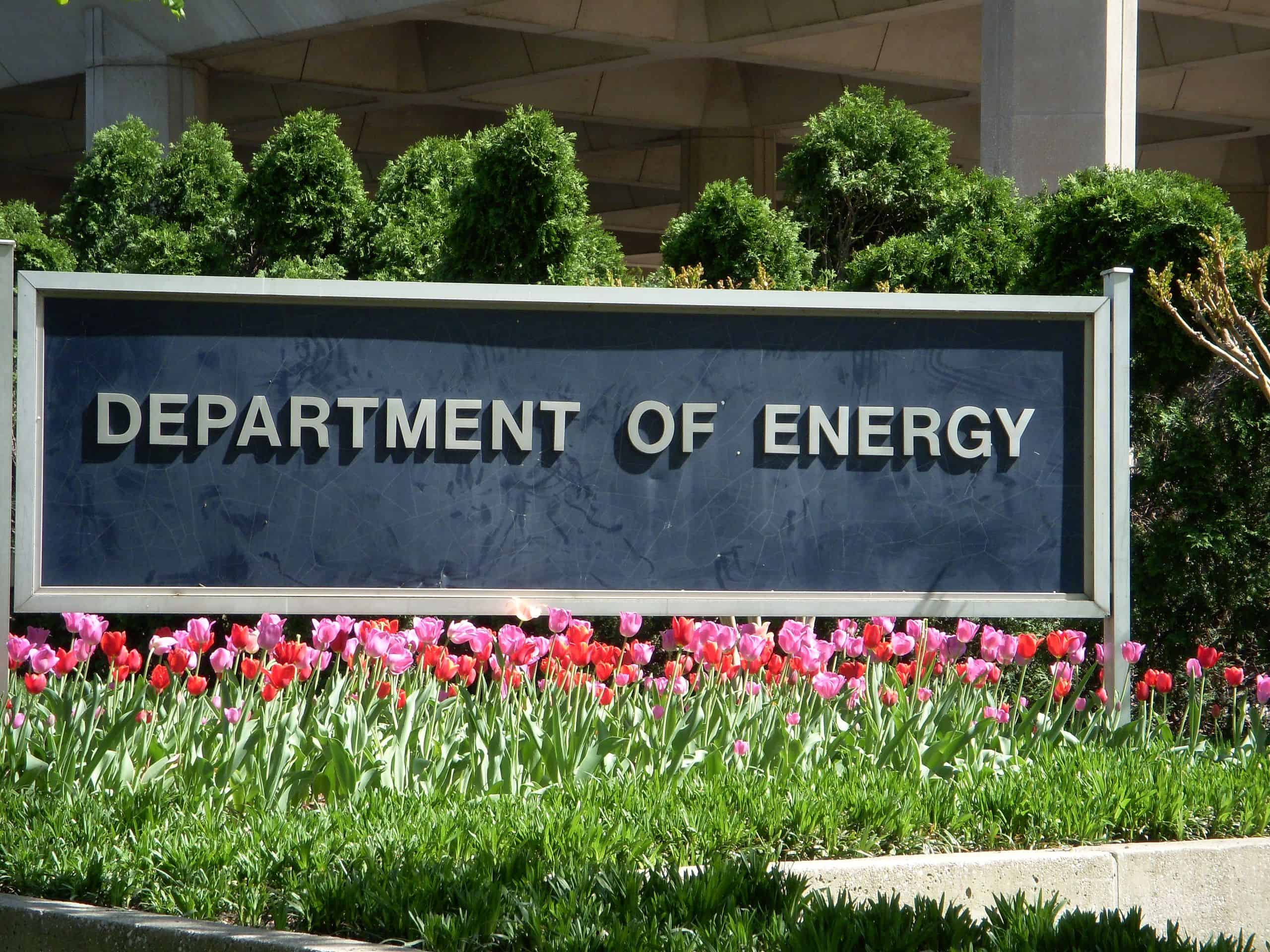
In dead last among the many departments of the federal government, the Department of Energy accounts for around 16k employees total. Now, the Department of Energy is vital for the oversight of energy research and development as well as for managing the nuclear power and arms programs. As such, you’d think they’d have a few more employees on offer.
NASA

The National Aeronautics and Space Administration has a paltry 17,800 employees to its name. Given the highly specialized nature of the work done by NASA< that is to be expected. You can’t rightfully expect a ton of employees for a department where any given task requires a highly specialized and rigorous educational base.
Civil Works

Civil Works is an extension of the United States Army Corps of Engineers, who specialize in reducing the impact of natural disasters, environmental protection, and other vital areas of focus. At nearly 25,000 employees, this is one employment sector that could stand to have a little bolstering. Given the impact of natural disasters like Hurricane Helene in North Carolina last year, having more hands on deck would help to get areas back up and running.
State
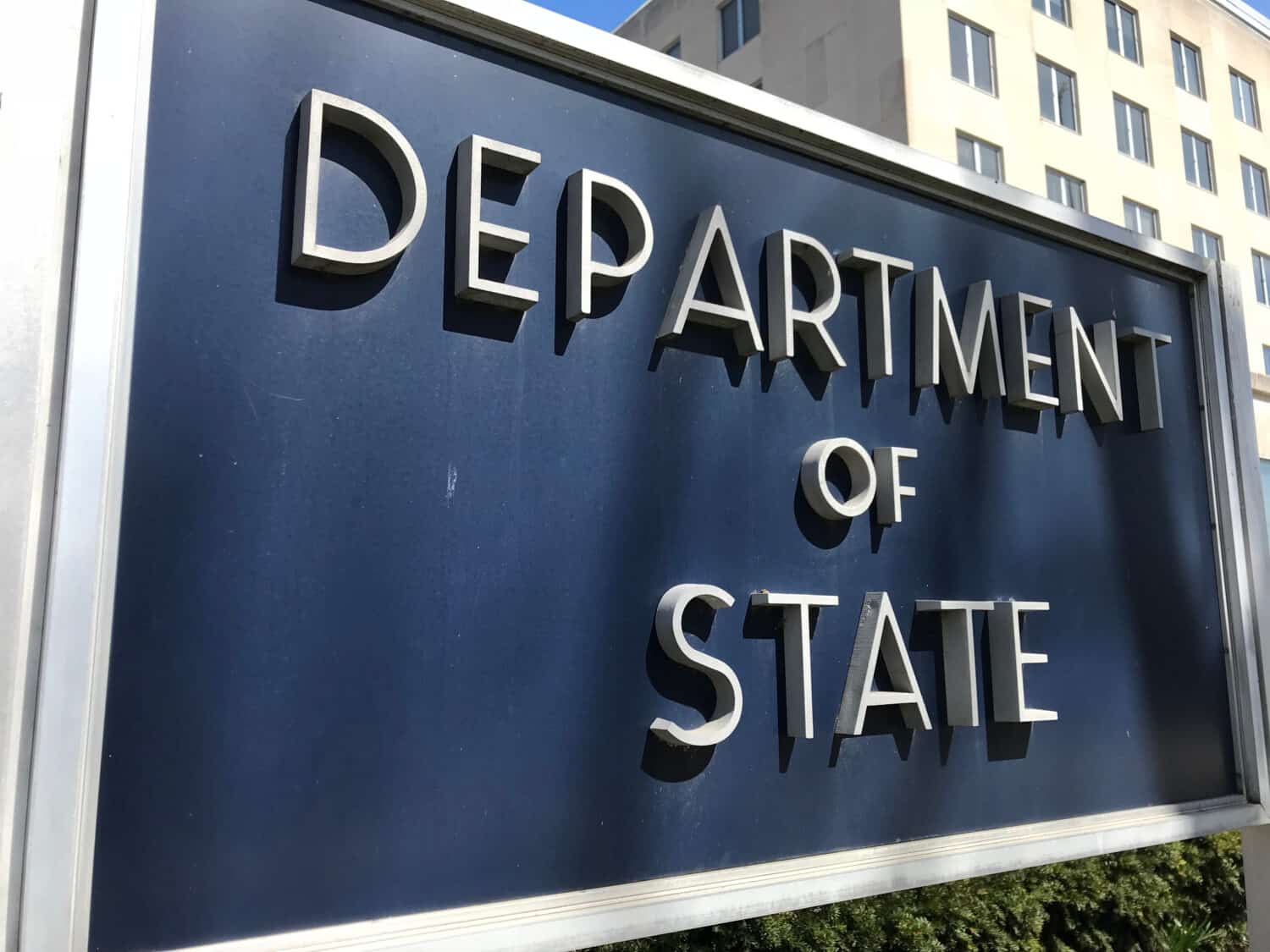
The Department of State also has a relatively paltry workforce, which is somewhat intriguing despite its larger mission. The Department of State focuses on matters of American policy, domestic and abroad. As such, there is a highly specialized workforce of around 30k employees.
Commerce
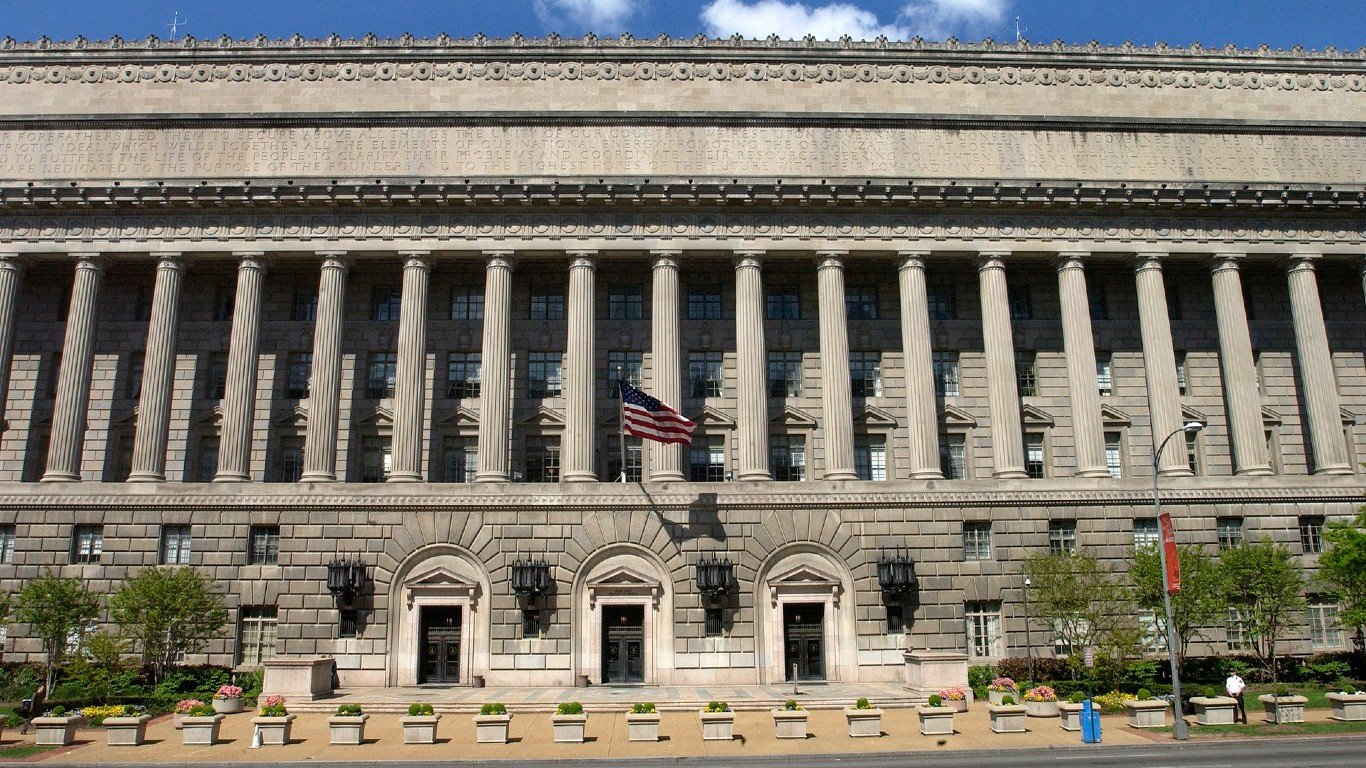
Given the news cycles lately, the Department of Commerce could probably use an infusion of fresh employees. At an estimated 41,000 employees, the Department of Commerce gathers data to drive economic decisions and works to provide opportunities for the government and civilians alike. Doubling that workforce gives a broader net and lets the government hone in on pain points for lower-class citizens.
Transportation

One area that is in dire need of focus is federal infrastructure. Despite a workforce totaling around 55,000 employees, the United States Department of Transportation still struggles to get new transportation projects up and running. Given the recent prevalence of electric vehicles in the last decade, you’d think there would be more investment opportunities and federal incentives for greener vehicles.
Social Security Administration

With a workforce of around 60,000 employees, give or take, the Social Security Administration is in dire need of extra hands. For a single state this would seem like a paltry number, when you consider these are employees servicing over 300 million citizens, better systems, more investment, and a larger workforce are a must.
What These Numbers Mean for the Future
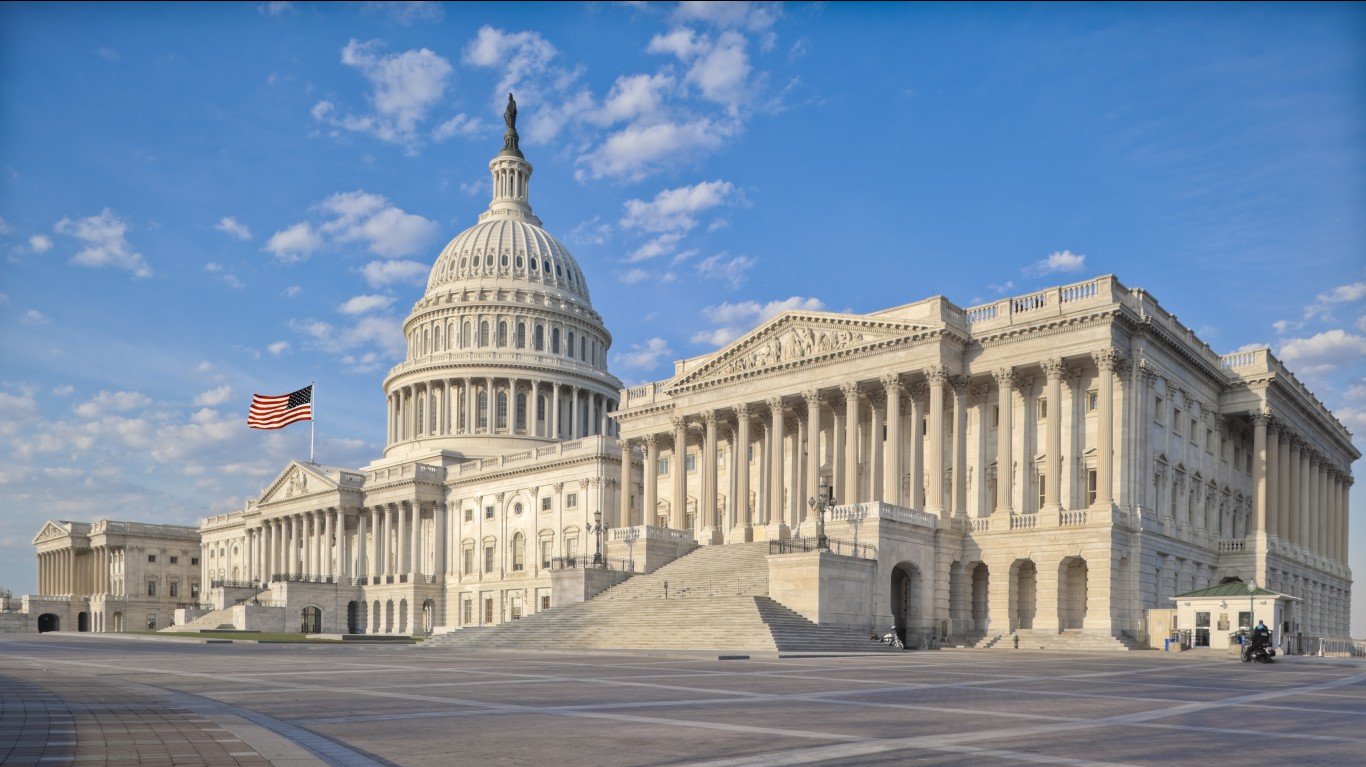
Well, if you’re remotely plugged into the news, you’ll know these numbers probably don’t hold at the moment. That said, there are plenty of opportunities for the United States government to divert funds and investment to these departments to bolster workforces. Things like education, infrastructure, and public health are key points that will be a driving force in the next election.
Uncertain Times

Who knows if the current slash-and-burn tactics to reduce federal spending will end in the coming months. One thing is for certain: if anything, the federal government needs to spend more on programs to serve the public rather than reduce operational overhead.
The post How Many People Work for the U.S. Government? Is It Too Many, or Not Enough? appeared first on 24/7 Wall St..

